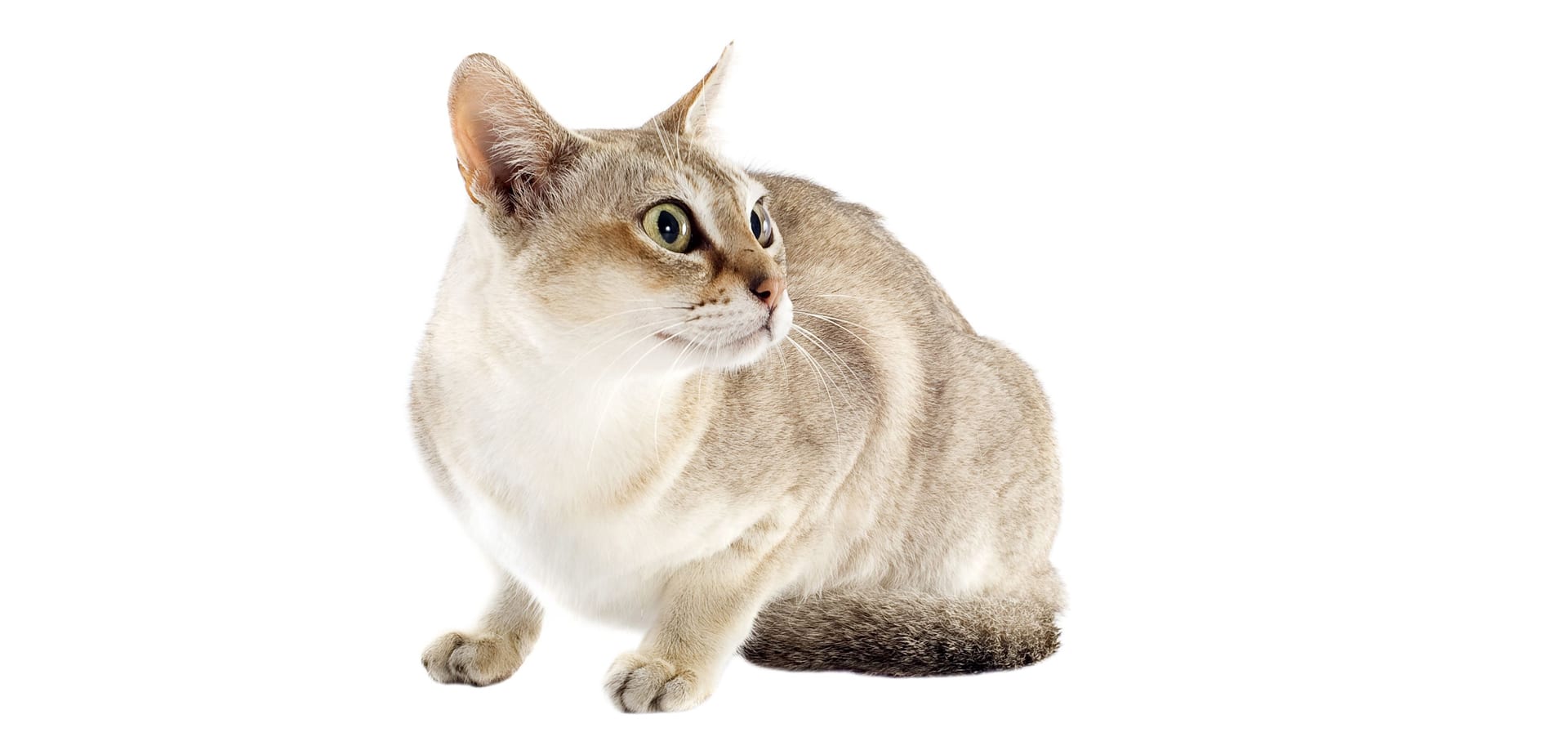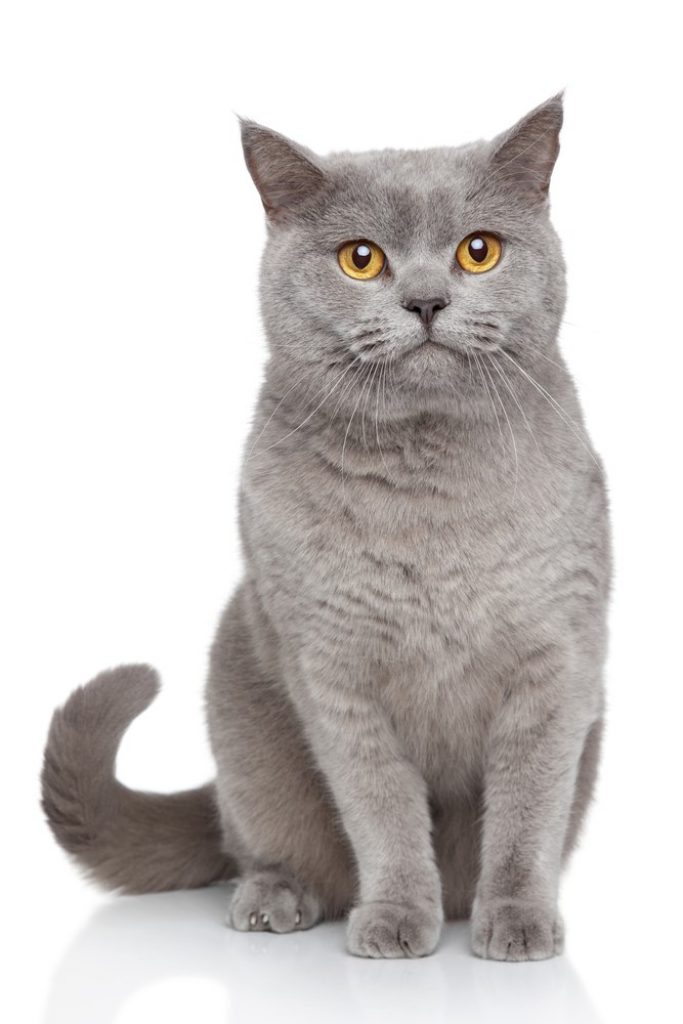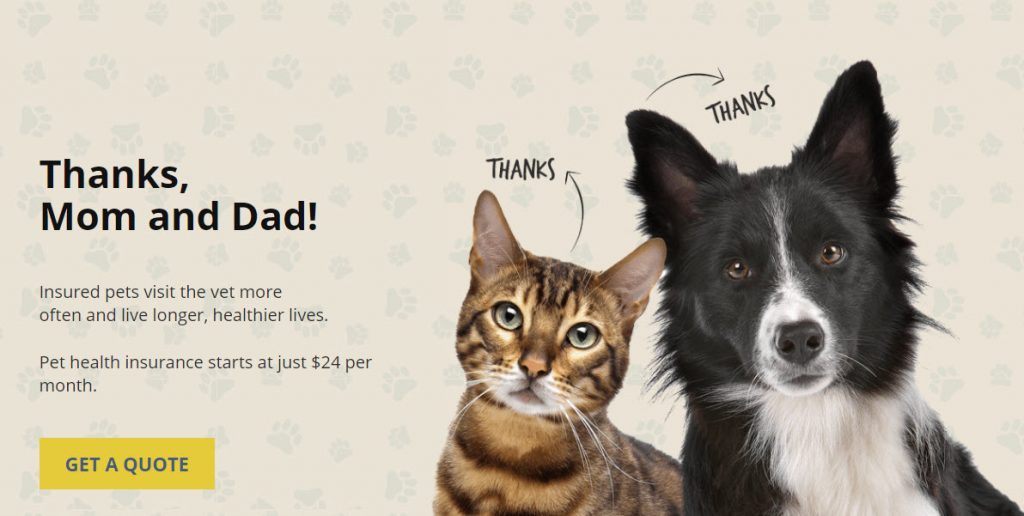Singapura Cat Insurance
Free Pet Insurance Comparison
Compare Quotes From Top Companies and Save
Secured with SHA-256 Encryption

Dr. Pippa Elliott BVMS, MRCVS
Veterinarian
Dr Pippa Elliott BVMS, MRCVS is a veterinarian with over 30 years of experience in companion animal practice. In 1987 she graduated from the University of Glasgow, with a degree in veterinary medicine and surgery. She works at Blythwood Vets and the People’s Dispensary for Sick Animals (PDSA). Pippa is an advocate of Fear-Free Practice, an animal addict, and a veterinary writer. She is also w...
Veterinarian
UPDATED: Feb 3, 2025
Pet Insurance U receives compensation from the third parties included on this site. This includes payment for clicks from our site to insurance providers’ sites and quote requests generated. Our rankings and reviews are not affected by payments from the insurance companies. The compensation we receive allows the site to be free and regularly updated. Our goal is to review every pet insurance provider, but not all companies are listed on the site.
And many of the companies we review do not pay us anything. We simply rate, compare and review their plan because we feel it will be valuable to you. Our reviews are guaranteed to be unbiased, professional and advertising compensation does not influence rankings.
We are a free online resource for anyone interested in learning more about pet insurance. Our goal is to be an objective, third-party resource for everything pet insurance related. We update our site regularly, and all content is reviewed by pet insurance experts.
UPDATED: Feb 3, 2025
Pet Insurance U receives compensation from the third parties included on this site. This includes payment for clicks from our site to insurance providers’ sites and quote requests generated. Our rankings and reviews are not affected by payments from the insurance companies. The compensation we receive allows the site to be free and regularly updated. Our goal is to review every pet insurance provider, but not all companies are listed on the site.
And many of the companies we review do not pay us anything. We simply rate, compare and review their plan because we feel it will be valuable to you. Our reviews are guaranteed to be unbiased, professional and advertising compensation does not influence rankings.
On This Page
As its name suggests, the Singapura cat is believed to have originated in Singapore and is quite popular in that country.
In fact, the Singapura cat serves as the official mascot for the Singapore Tourism Board.
The cat breed first appeared in the US in the 1970s and was recognized by the Cat Fanciers Association in 1982.
These small, cute cats are identified by their short hair, brown ticked patterning, blunt tail, and large ears and eyes.
Singapuras are playful and inquisitive, and they love people, being more likely to greet your guests than to hide from them.
Need Pet Insurance?
FACT: Pet insurance pays up to 90% of vet bills when your pet is sick or injured!
Should you Purchase Insurance for your Singapura Cat?
Singapuras are among the healthiest purebred cats, with an average lifespan of 11 to 15 years.
Obtaining your Singapura cat from a reputable, established breeder will dramatically reduce its health risks but even good breeding practices cannot guarantee complete immunity to health problems known to affect the Singapura breed.
Two common medical issues that every Singapura cat is at risk for developing are:
Related: 10 Things You Must Know Before You Buy Pet Insurance
Pyruvate kinase deficiency (PKD)
Not to be confused with polycystic kidney disease, pyruvate kinase is an enzyme required for the metabolism of energy by red blood cells, and some animals inherit a defective gene so that pyruvate kinase levels are low or the enzyme fails to function properly.
Eventually, PKD leads to the development of a blood condition known as hemolytic anemia. Symptoms include weakness, loss of muscle mass, lethargy and a higher than normal heart rate, and the condition can significantly reduce a cat’s lifespan.
Diagnosis is based on a detailed analysis of blood and urine. The only known treatment is a bone marrow transplant, which fortunately tends to be successful in restoring enzyme function.
Real Cost Savings from PetFirst Clients

Gidget
PetFirst saved his parents
$2,194
Artemis was a beautiful and friendly cat to all who were willing to pet him. Unfortunately, he developed feline diabetes which required regular vet visits and medications that his Mother could not otherwise afford on her fixed income. Having PetFirst insurance, she called and discussed the problem with a friendly PetFirst agent. To her surprise, she found out that Artemis’ ongoing required vet visits and medication would be covered by his PetFirst insurance. Artemis was able to live out the rest of his life with proper medical care and medicines thanks to PetFirst insurance.
Feline cataracts
The eyes of cats, like those of humans, can suffer from damage to the lenses that cause vision to become cloudy, and can even lead to total blindness.
A cat with cataracts may appear clumsy and may have difficulty finding its bowl or its litter box. Diagnosis is based on an examination of the eyes.
Treatment can sometimes be limited to topical medications, but often requires surgery in which the defective lens is replaced with an artificial one.
Enter your ZIP code below to view companies that have cheap pet insurance rates.
Secured with SHA-256 Encryption
Pet Insurance For Singapura
Since there is no way to predict which, if any, serious conditions your cat may face, it is important to be prepared for the costs of diagnosis and treatment of conditions like these, which not only shorten lifespans but also decrease the quality of life for pets and their owners.

Other articles you may find helpful:
Is Exotic Pet Insurance Necessary?
The Best Pet Insurance By State
Fun Facts, Dog FAQ, And Unsolicited Dog Advice
5 Training Commands to Save Your Dog’s Life
The Ultimate Guide to Safe Foods for Dogs
We have worked hard to provide you with all the free resources possible to help give you insight into the best pet insurance for cats, additional cat breeds info, common cat health issues, and a fun look at frequently asked cat questions.
Additional Cat Breeds:
American Curl Cat, American Wirehair Cat, Arabian Mau Cat, Ashera Cat, Balinese Cat, Burmese Cat, Chartreux Cat, Chausie Cat, Cymric Cat, Domestic Medium Hair Cat
Himalayan Cat, Japanese Bobtail Cat, Manx Cat, Nebelung Cat, Norwegian Forest Cat, Orange Tabby Cat, Oriental Cat, Persian Cat, Pixie-Bob Cat, Russian Blue Cat
Scottish Fold Cat, Selkirk Rex Cat, Siamese Cat, Siberian Cat, Singapura Cat, Somali Cat, Thai Cat, Toygers Cat, Turkish Angora Cat, LaPerm Cat, Maine Coon Cat
Frequently Asked Questions
Should you Purchase Insurance for your Singapura Cat?
Singapuras are among the healthiest purebred cats, with an average lifespan of 11 to 15 years. Obtaining your Singapura cat from a reputable, established breeder will dramatically reduce its health risks. However, even good breeding practices cannot guarantee complete immunity to health problems known to affect the Singapura breed.
What are the common medical issues Singapura cats are at risk for?
Two common medical issues that every Singapura cat is at risk for developing are:
- Pyruvate Kinase Deficiency (PKD): PKD is an enzyme deficiency affecting red blood cells, leading to hemolytic anemia. Symptoms include weakness, lethargy, and a higher-than-normal heart rate. Treatment involves a bone marrow transplant.
- Feline Cataracts: Cataracts can cause cloudy vision and, in severe cases, total blindness. Treatment may involve topical medications or surgery to replace the defective lens with an artificial one.
Is pet insurance for Singapura cats necessary?
Since there is no way to predict which, if any, serious conditions your cat may face, it is important to be prepared for the costs of diagnosis and treatment. Pet insurance can help cover these expenses, ensuring both the longevity and quality of life for your pet.
How can pet insurance help with Singapura cat health costs?
Pet insurance pays up to 90% of vet bills when your pet is sick or injured. This coverage can be crucial in managing the costs of diagnosis and treatment for conditions that may arise.
Where can I find more information about pet insurance for Singapura cats?
For more information on pet insurance, including comparisons and company reviews, you can explore our free online resource at Pet Insurance U. Our goal is to be an objective, third-party resource for everything pet insurance related.
How do I choose the best pet insurance for my Singapura cat?
To find the best pet insurance for your Singapura cat, consider factors such as coverage options, reimbursement rates, and customer reviews. You can use our free Pet Insurance Comparison Tool to compare quotes from top companies and save on insurance costs.
Are there specific considerations for insuring exotic breeds like the Singapura cat?
While Singapuras are not considered exotic, it’s essential to choose a pet insurance policy that covers breed-specific health risks. Ensure the policy includes coverage for potential hereditary conditions and offers adequate protection for your cat’s unique needs.
Enter your ZIP code below to view companies that have cheap pet insurance rates.
Secured with SHA-256 Encryption
Dr. Pippa Elliott BVMS, MRCVS
Veterinarian
Dr Pippa Elliott BVMS, MRCVS is a veterinarian with over 30 years of experience in companion animal practice. In 1987 she graduated from the University of Glasgow, with a degree in veterinary medicine and surgery. She works at Blythwood Vets and the People’s Dispensary for Sick Animals (PDSA). Pippa is an advocate of Fear-Free Practice, an animal addict, and a veterinary writer. She is also w...
Veterinarian
We are a free online resource for anyone interested in learning more about pet insurance. Our goal is to be an objective, third-party resource for everything pet insurance related. We update our site regularly, and all content is reviewed by pet insurance experts.
